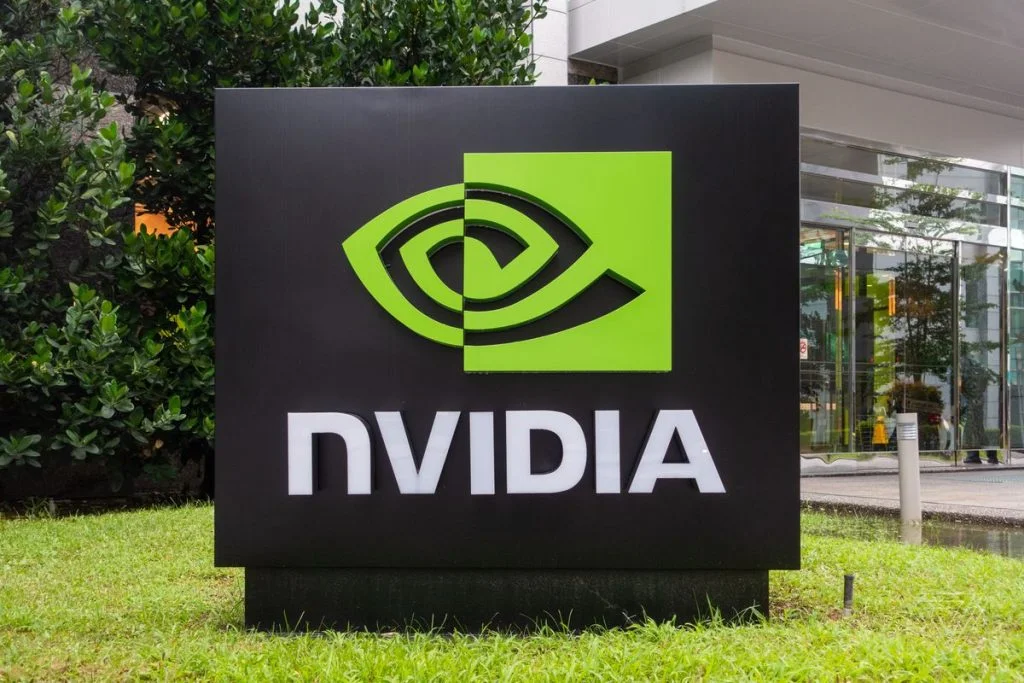On August 7, Nvidia, one of the world’s foremost chip manufacturers, unveiled a new chip designed to power large-scale advanced artificial intelligence (AI) systems.

According to the company, its next-generation GH200 Grace Hopper Superchip is one of the first to feature an HBM3e processor and is designed to handle “the world’s most complex generative AI workloads, spanning large language models, recommender systems, and vector databases.”
The CEO of Nvidia, Jensen Huang, stated in a keynote that the company is giving the processor a “boost” and that:
“This processor is designed for the scale-out of the world’s data centers.”
While the GH200 has the same general processing unit as the H100, the company’s most advanced and one of the world’s best chips, it comes with 141 gigabytes of advanced memory and a 72-core ARM central processor that is at least three times more potent than the previous chip.
The most recent processor from Nvidia is optimized for inference, one of the two most important aspects of working with AI models following training. Inference uses a model to generate content and make predictions while continuously operating.
Huang stated that “pretty much any” large language model (LLM) can be run through this chip, and it will “inference like crazy.”
“The inference cost of large language models will drop significantly.”
According to Huang, the GH200 will be available in the second quarter of 2024, with samples known by the end of 2023.
This development comes when Nvidia’s market dominance is challenged by the emergence of new semiconductor processors from competitors competing to produce the most potent products.
Its market share for AI chips exceeds 80%, and its value momentarily surpassed $1 trillion.
Nvidia introduced a new AI supercomputer for developers to create successors to ChatGPT on May 28. Microsoft, Meta, and Google’s Alphabet are anticipated to be among the first adopters.
However, Advanced Micro Devices (AMD) published information on its upcoming AI chip with the capability and capacity to challenge Nvidia’s dominance on June 14. The AMD chip is anticipated to be released during the third quarter of 2023.
In an endeavor to diversify the chip market, chip developer Tenstorrent received $100 million on August 3 in a funding round led by Samsung and Hyundai.
